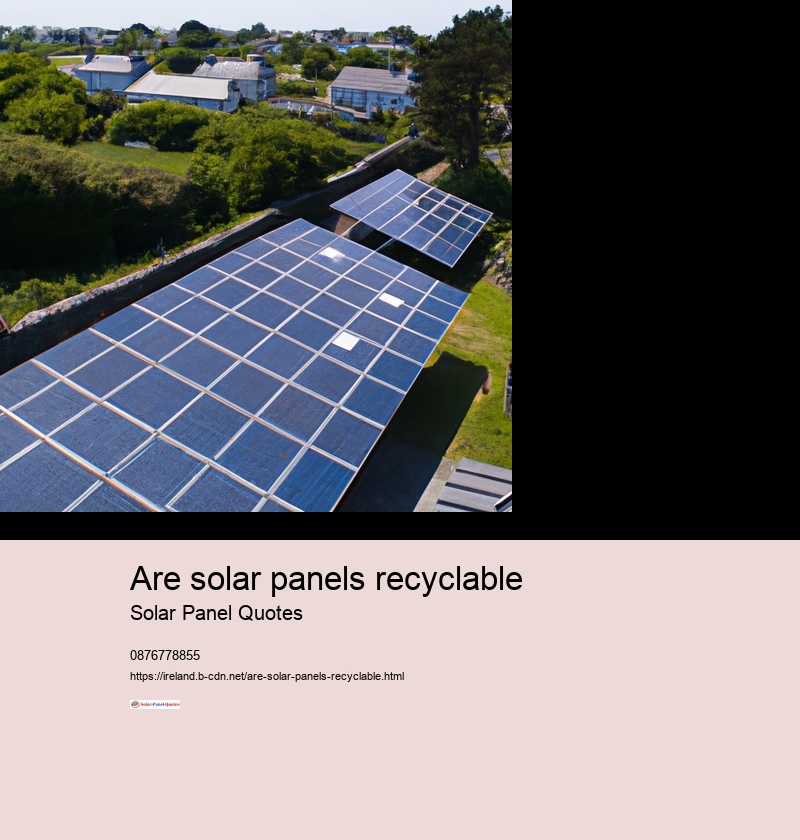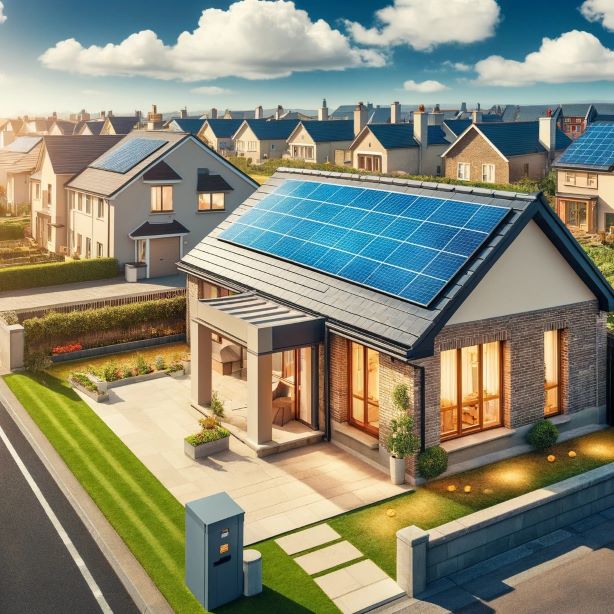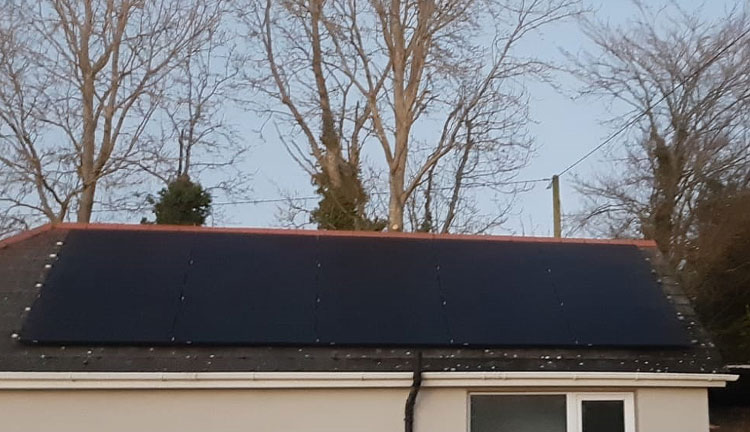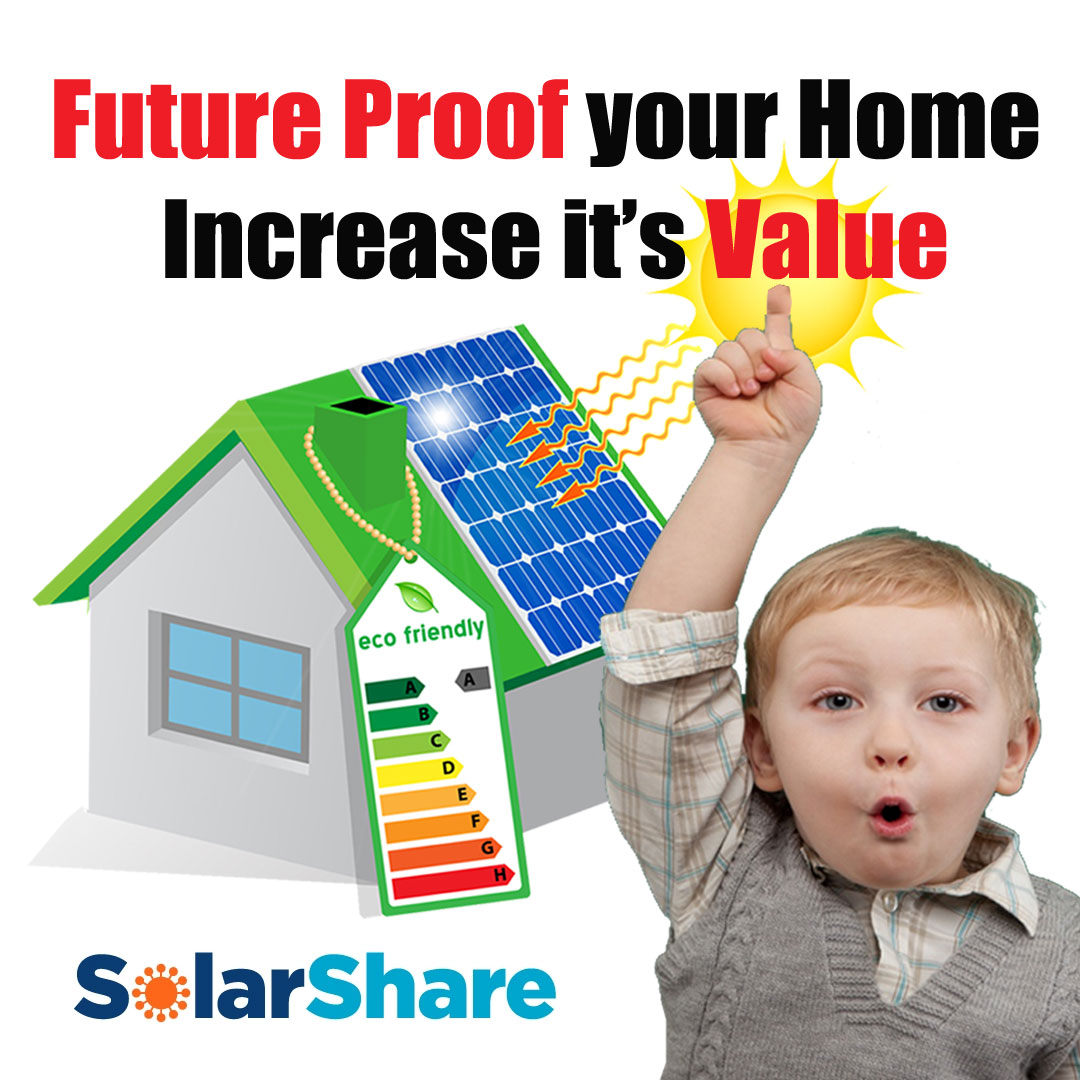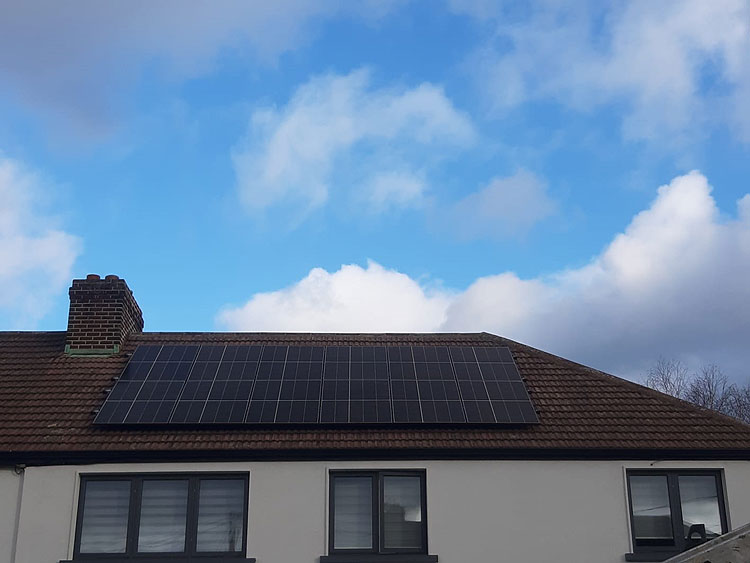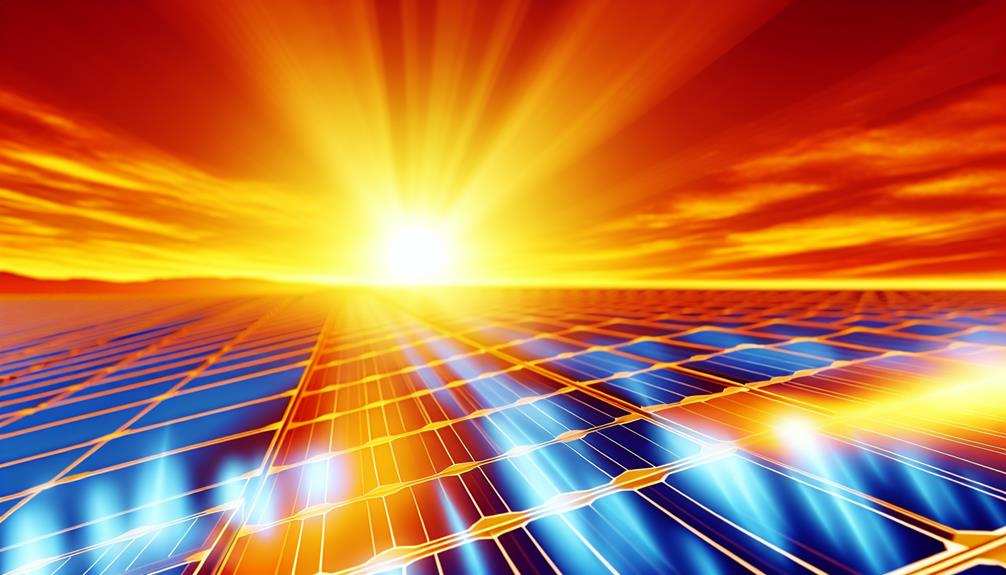are solar panels recyclable
Solar Panel ROI
Microgenerators generate clean, renewable energy to meet some or all of the electricity demands of a household or business.The Government Microgeneration Support Scheme is now available so that those with a registered microgeneration device can sell any excess electricity back to Ireland’s electricity grid.This will help households reduce their carbon footprint and save money.
Most solar share microgenerators have Solar PV installed on their roof. Your Solar PV installer would have registered an NC6 form on your behalf to ESB Networks. This form provides us with the information we need to set you up.
Solar Share is pleased to offer a rate of 21c per kWh. Solar Panel ROI We estimate that this payment will range between €50-€300 per year, depending on the size and type of your microgeneration system (a typical installa-tion of 10 panels would be about €150 per year).
